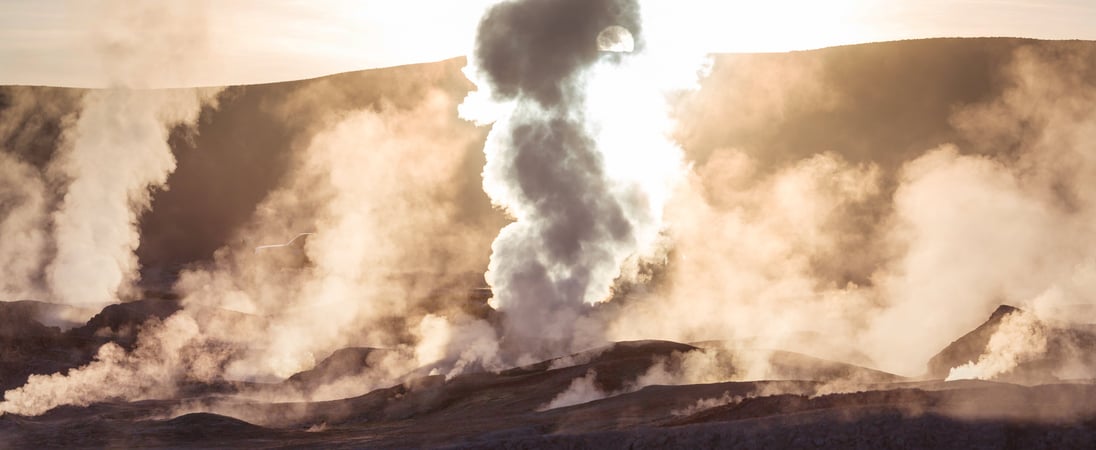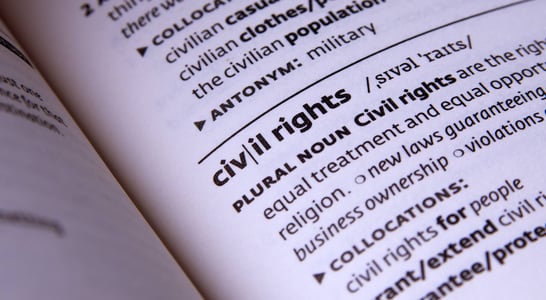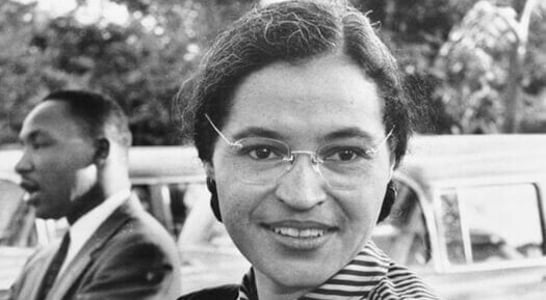
International Day Against Nuclear Tests
The International Day against Nuclear Tests is a powerful reminder of the urgent need to eliminate nuclear testing worldwide. This observance indicates the devastating effects of nuclear explosions on people and the environment.
It is a call to action for global leaders and citizens alike to work toward a world free from the threat of nuclear devastation.
By focusing on the dangers and long-term consequences of nuclear tests, the day encourages a united effort to ensure that such testing never occurs again.
How to Celebrate International Day Against Nuclear Tests
Host a Nuclear-Free Movie Night
Celebrate the day with a movie marathon featuring films and documentaries about the dangers of nuclear weapons. Invite friends, pop some popcorn, and discuss how these films highlight the importance of a nuclear-free world.
Mixing education with entertainment makes for a memorable and meaningful evening.
Organize a Creative Protest
Why not channel your inner artist? Gather some friends, grab some paint, and create posters or murals that express your anti-nuclear message.
Hang them in your neighborhood or share them online. It’s a colorful way to spread awareness and make your voice heard without saying a word.
Write a Letter to Your Leader
Got something to say? Write a letter to a government official or local representative urging them to support nuclear disarmament. It might feel old-school, but it’s a powerful way to show that you care about this critical issue.
Plus, who doesn’t love a good, heartfelt letter?
Host a Themed Quiz Night
Everyone loves a good quiz night! Create a trivia game with questions about nuclear testing, disarmament efforts, and peace treaties.
Invite friends and family over or host it online. You’ll be surprised at how much everyone learns while having a blast!
Share on Social Media
Give your thumbs a workout by posting about the day on social media. Share facts, stories, or your own thoughts on why ending nuclear tests is crucial.
Use hashtags like #EndNuclearTesting and #PeaceNotWeapons to join the global conversation and reach more people.
Reasons for Celebrating International Day Against Nuclear Tests
The day is celebrated to highlight the catastrophic impact of nuclear tests on human health and the environment.
More than 2,000 nuclear tests have caused severe suffering, contaminating air, water, and soil and leading to long-term health issues for those near test sites.
The day also aims to promote global peace and security by advocating for the enforcement of the Comprehensive Nuclear Test Ban Treaty (CTBT). By commemorating this day, the international community hopes to strengthen the global commitment to a future without nuclear weapons.
History of International Day Against Nuclear Tests
The International Day against Nuclear Tests raises awareness about the severe consequences of nuclear testing and promotes global efforts to ban such practices. This observance started in 2009 after Kazakhstan proposed a resolution to the United Nations General Assembly.
Kazakhstan’s tragic experience with nuclear testing, particularly at the Semipalatinsk Test Site, motivated this action. The Semipalatinsk site, one of the largest nuclear test sites in the world, was used by the Soviet Union to conduct over 450 nuclear tests, causing widespread environmental and health damage.
The resolution, known as 64/35, was adopted unanimously by the General Assembly, and the first observance of the day took place in 2010. The chosen date, August 29, commemorates the closure of the Semipalatinsk site in 1991, a significant step toward ending nuclear testing.
Since its beginnings, the day has served as a platform for advocating the Comprehensive Nuclear-Test-Ban Treaty (CTBT), which seeks to ban all nuclear explosions globally.
Each year, various activities, such as conferences, educational events, and public discussions, highlight the ongoing risks of nuclear testing and to push for a future free of nuclear weapons.
International Day Against Nuclear Tests FAQs
What is the role of music in anti-nuclear movements?
Music has been a powerful tool in anti-nuclear campaigns. Songs like Bob Dylan’s “A Hard Rain’s A-Gonna Fall” and Sting’s “Russians” reflect the fear and consequences of nuclear conflict.
These anthems bring awareness to global audiences, making the issue resonate emotionally.
Anti-nuclear concerts, such as the 1982 No Nukes event in New York, have also amplified the message for peace.
Did any animals unknowingly contribute to nuclear testing history?
Yes, animals like sheep and cows near test sites often became silent victims of radiation.
In the United States, sheep deaths in Utah in the 1950s were linked to fallout from Nevada’s nuclear tests.
The incident sparked debates on how nuclear testing affected livestock, local economies, and public health, pushing further scrutiny of nuclear programs.
Why was the Bikini Atoll chosen for nuclear testing, and how did it impact its people?
The Bikini Atoll in the Pacific was selected for U.S. nuclear testing in 1946 due to its remote location.
Islanders were forcibly relocated, with many never able to return due to lingering radiation.
The tests destroyed the environment, and the term “bikini” even became ironically linked to destruction and cultural shifts through the naming of the famous swimsuit.
How has science fiction influenced anti-nuclear sentiment?
Science fiction often explores the devastating effects of nuclear weapons.
Films like Godzilla (1954) were inspired by nuclear bomb testing, reflecting fears of radiation and destruction.
Books such as On the Beach (1957) imagine post-apocalyptic worlds, reminding readers of nuclear war’s long-term consequences.
Did any countries refuse to develop nuclear weapons despite having the capability?
Several nations have opted out of nuclear arms programs despite technological expertise.
For example, Sweden abandoned its program in the 1960s, prioritizing neutrality and peace.
South Africa, the only country to develop and voluntarily dismantle nuclear weapons, serves as a rare success story of disarmament.
Are there unique memorials dedicated to nuclear test victims?
One example is the Peace Memorial Park in Hiroshima, Japan. It features the Atomic Bomb Dome, preserved as a reminder of the city’s destruction.
In Kazakhstan, the Semipalatinsk Test Site has become a somber location where visitors can learn about nuclear testing’s tragic legacy.
What were some strange or unexpected consequences of nuclear tests?
Nuclear tests have caused unusual effects, like altering geological formations.
In one U.S. test, the “Sedan Crater” was formed, leaving a massive, unnatural scar on the land. These tests also introduced new radioactive isotopes into ecosystems, affecting food chains in unexpected ways.
How did indigenous communities near test sites respond to nuclear testing?
Indigenous groups, such as the Western Shoshone in Nevada, have long opposed nuclear testing on their land.
Many view the tests as a violation of treaties and sacred spaces. Their activism has highlighted environmental and cultural damage, giving a voice to communities often ignored in global debates.
What’s the connection between nuclear testing and the Cold War space race?
During the Cold War, both the U.S. and the Soviet Union tested nuclear weapons to study their effects on space exploration.
The “Starfish Prime” test in 1962 created artificial auroras, damaging satellites and influencing space physics research. These tests shaped how we understand space radiation.
Are there surprising places where nuclear tests have occurred?
Besides deserts and remote islands, tests have happened in less obvious places.
For instance, in the Arctic, Soviet tests took advantage of icy, isolated regions. Some nations even conducted underground tests near populated areas, causing long-term health risks for nearby communities.
Also on ...
View all holidaysMore Herbs, Less Salt Day
Low salt doesn’t mean flavorless. Find some healthy new recipes, or make your old recipes healthier by substituting some of the salt for more flavorful herbs.
National Chop Suey Day
Order take-out or go to a Chinese restaurant and get plenty of chop suey, or “assorted pieces”, a flavorful dish associated with Chinese-American food.
National Lemon Juice Day
Adding a zesty, tangy twist to dishes and drinks, it's like a burst of sunshine that brings a delightful pop of flavor.
Individual Rights Day
Read philosopher John Locke’s fantastic arguments for individual rights, the inalienable rights of every human being of all kinds as individuals, not just a group.
We think you may also like...
National Women’s Equality Day
Empowering women to reach their full potential and creating a world where gender doesn't limit opportunities.
International Civil Aviation Day
The realm of flight, where the sky becomes a canvas for human ingenuity and exploration, offers a thrilling journey beyond the ground.








